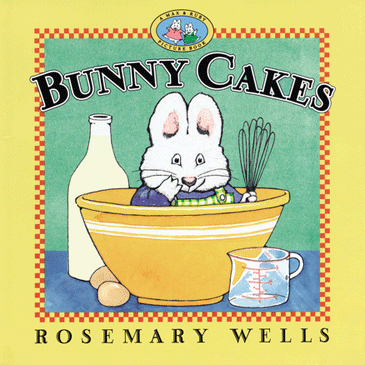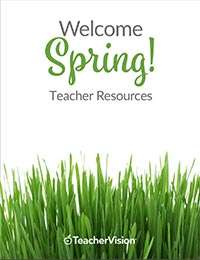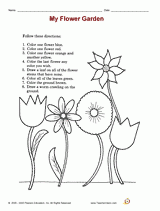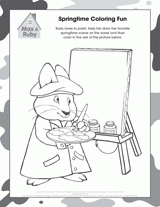Pair this sorting activity with a book about food. Students will name and describe vegetables and sort them by their characteristics. This School Readiness Activity provides early mathematical thinking experiences for preschool children that will prepare them to do well in the early grades.
Grades:
Vegetable Sorting

Purpose/Skills
- To sort vegetables into subgroups
- To notice how foods are alike and different
- To compare objects
- To make mathematics, language, and health curriculum connections
Materials
Plastic or real vegetables, or a picture cutout collection of vegetables; several paper plates; books about food
sorting
alike
different
Literature Suggestion
Read Blueberries for Sal by Robert McCloskey, Bunny Cakes by Rosemary Wells, The Wolf's Chicken Stew by Keiko Kasza, or other books that lend themselves to food discussions.
Warm-Up
Ask children to name all the different vegetables that they know about and to say something about how each looks, feels, or tastes. Invite them to reveal their favorites.
Procedure
- Display the collection of vegetables or vegetable pictures. Invite children to handle them, examine, and tell about each vegetable they can recognize and name. Teach them about the ones they don't know.
- Ask how the vegetables are alike. (They are all good for me. They taste good. They are pretty colors.) Then ask how the vegetables are different. (They have different colors. Some are rough. Some are smooth. Some taste good.)
- Tell children that you need to sort the vegetables and ask them to help you sort those that are rough from those that are smooth. If you are using real vegetables, pass around the one that is under discussion. Begin by putting out two paper plates and saying, "When I feel the beet, it feels rough to me. I'll put all of the vegetables that feel rough on this plate." Hold up and pass around a tomato and ask, "Does this feel rough? (no) How does it feel? (smooth) Let's put the tomato and other vegetables that feel smooth on this plate."
- Continue in this mode until children have sorted all the vegetables in the collection on the two plates. You may want to create a third category, "Not rough or not smooth," to accommodate vegetables whose textures are ambiguous.
- Teacher Tip: If you are using plastic vegetables or pictures, use only qualities that children can actually experience such as color and possibly "leafiness," shape, or size.
Have children extend their sorting abilities to include foods in other food groups.
Observation Assessment
- Proficient - Child can easily sort vegetables into subgroups that vary by one attribute.
- In Process - Child can sort most of the vegetables into subgroups.
- Not Yet Ready - Child does not yet sort vegetables into subgroups.












